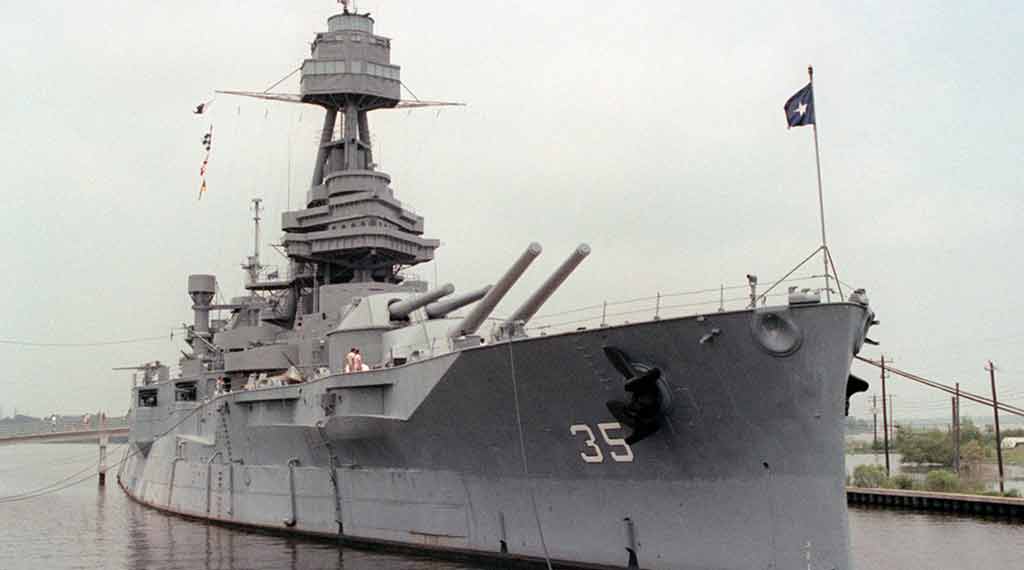Navy battleship USS Texas is making the ultimate comeback

USS Texas Is Getting Some Critical Repairs: Last Spring, the Battleship Texas Foundation revealed that the mighty USS Texas would head to a new home to undergo long-awaited repairs. For more than seven decades, the battleship was positioned non-permanent across from the San Jacinto Monument in La Porte.
Latest posts by Maya Carlin (see all)
- Has Russia Finally Sold its Su-35s to Iran? - December 2, 2025
- Iran’s Growing Missile Arsenal Is a Challenge for Israel - November 18, 2025
- IAI Is Hoping to Secure a Contract for the “Golden Dome” - November 3, 2025
